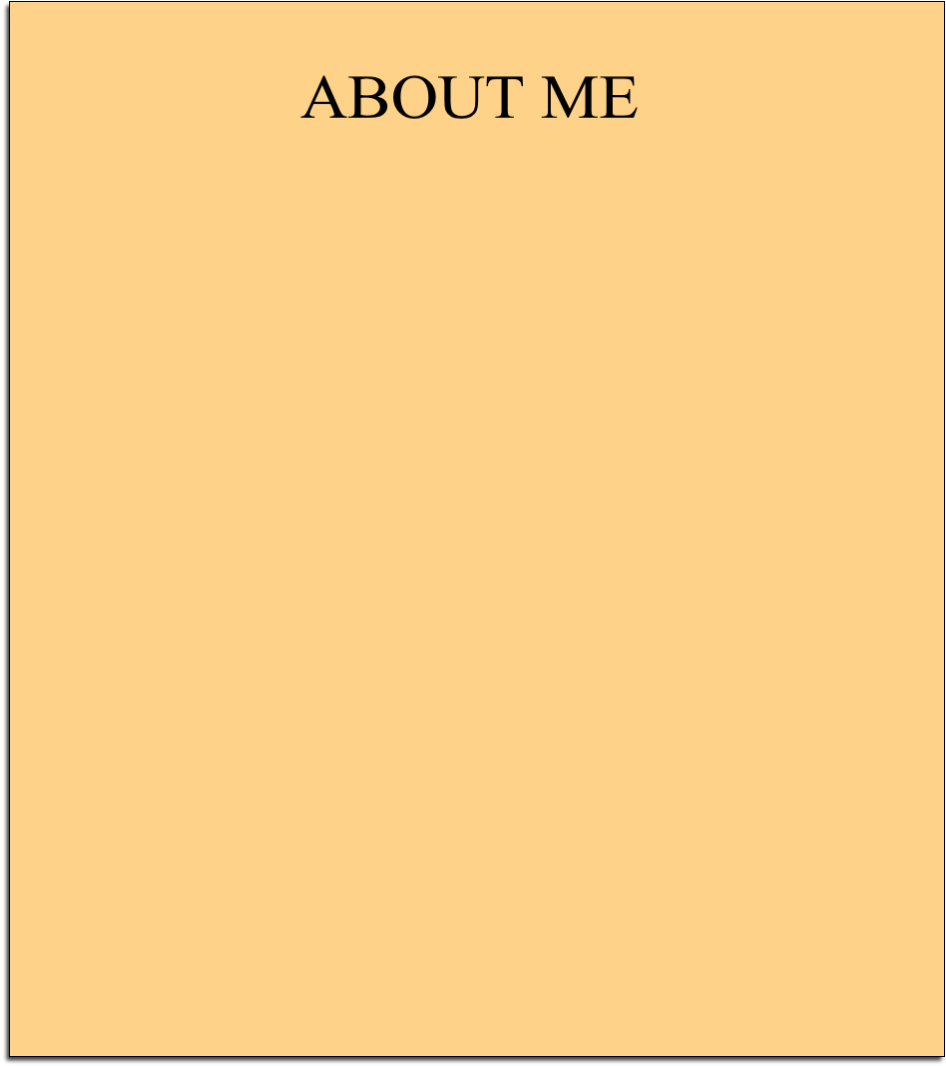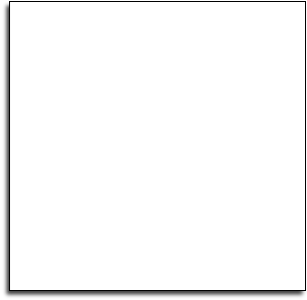
Somehow, I managed to make a life out of learning about, writing about and playing with incredibly cool stuff. It couldn’t have happened without great mentors and a lot of good luck.
I was never interested in science. Having spent much of grade school practicing “duck and cover” under my desk in case of nuclear strike, I was focused on stopping the insanity. Or at least, understanding it. So I studied political science (at Barnard), and then spent two years behind the Iron Curtain in order to meet the enemy (the USSR and its empire) face to face. (I actually watched U.S. astronauts land on the moon from a collective farm in the Soviet state of Kharkov.) I went to live in Czechoslovakia a year after the Russians invaded in 1968, and soon ran into a journalist who told me I should write about what I was seeing, so I gave it a shot. A series of serendipitous encounters and behind the scenes help got me a cover story in the New York Times Sunday Magazine on life in Czechoslovakia under Russian occupation.


Created for me by Doug Hofstader on the Publication of my 2009 book.
His latest book is, I am a Strange Loop.
An accidental journalist, I began to write for anyone who would have me on everything from baby photographers to play to “seat strategy” (for planes and trains).
Probably the best piece of luck that fell into my lap was getting a magazine assignment to write about an amazing house of wonders being created in San Francisco by some kind of mad scientist. That was the late physicist Frank Oppenheimer, self-proclaimed “uncle” of the atomic bomb, and his creation was the Exploratorium, “community museum of awareness” in the cavernous Palace of Fine Arts by the Golden Gate Bridge. I immediately fell in love with its crazy mix of science, art and general chaos. I also learned that the insights of science—even the philosophical implications—were far more valuable for ‘saving the world’ than what I’d learned in school.
Of course, at that time, I knew so little about physics I thought an accelerator was, well, a gas pedal. With the help of the immensely creative and generous people at the Exploratorium, I learned fast. People told me what books to read—and that it was okay to skip over equations. I had a warehouse of experiments to play with. I had extraordinary mentors, including many who’d worked on the atomic bomb with Frank, and (like Frank) devoted much of their lives to figuring out how to get that genie back in the bottle.
Once again, it was the New York Times that gave me a chance to go public with my new-found passion, with a series of HERS columns on scientific themes, and later more magazine features. That, in turn, led to my getting hired as a writer and columnist at Discover, then part of Time, Inc. For years, I got to share a column with Lewis Thomas and Stephen Jay Gould—perhaps the greatest scientist/writers of the time.
My first science book, reissued a few years ago as First You Build a Cloud: Reflections on Physics as a Way of Life, was based largely on those HERS and Discover columns, and to my astonishment was admired by another of my heroes Douglas Hofstadter, who’d recently won a Pulitzer for his book Gӧdel, Escher, Bach: An Eternal Golden Braid. “K.C. Cole shows how the ideas of science can fold back and give us thousands of new ways to see our daily world more richly,” he wrote. Wow.
Early praise makes a huge difference in a young writer’s life, and I got boosts along the way not only from Hofstadter, but also master writers and scientists such as Martin Gardner and EO Wilson. I had wonderful editors: Leon Jaroff at Discover; Joel Greenberg and Michael Parks at the LA Times; Jane Isay at Harcourt). I love teaching because it’s one way to pass on some of that invaluable mentoring to the next generation(s).
Somehow, though, even writing and teaching don’t entirely capture the feeling you get from fooling around in the flesh with fascinating people, ideas and physical stuff. So again with the help of great friends and mentors, I started putting on “events” combining science, art and politics. You can find them described under the link to Categorically Not! and its link to our mother ship, Entertaining Science.